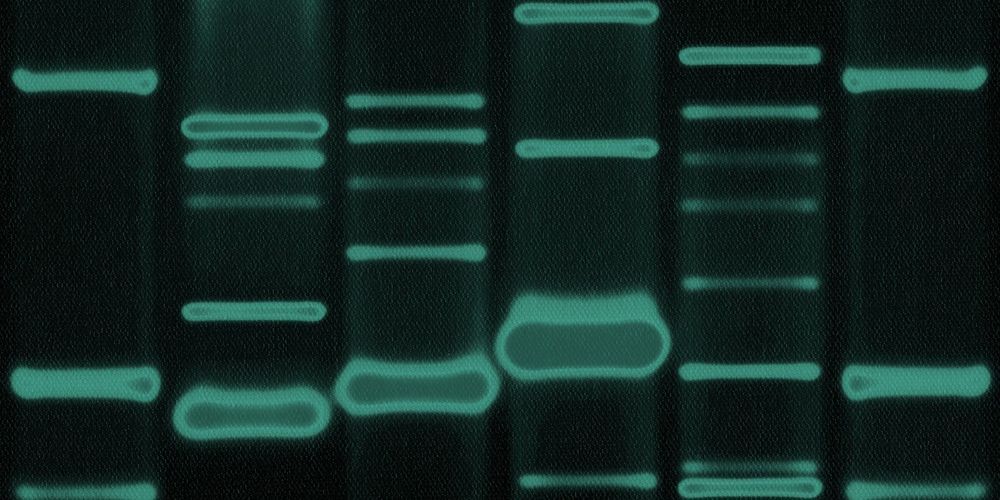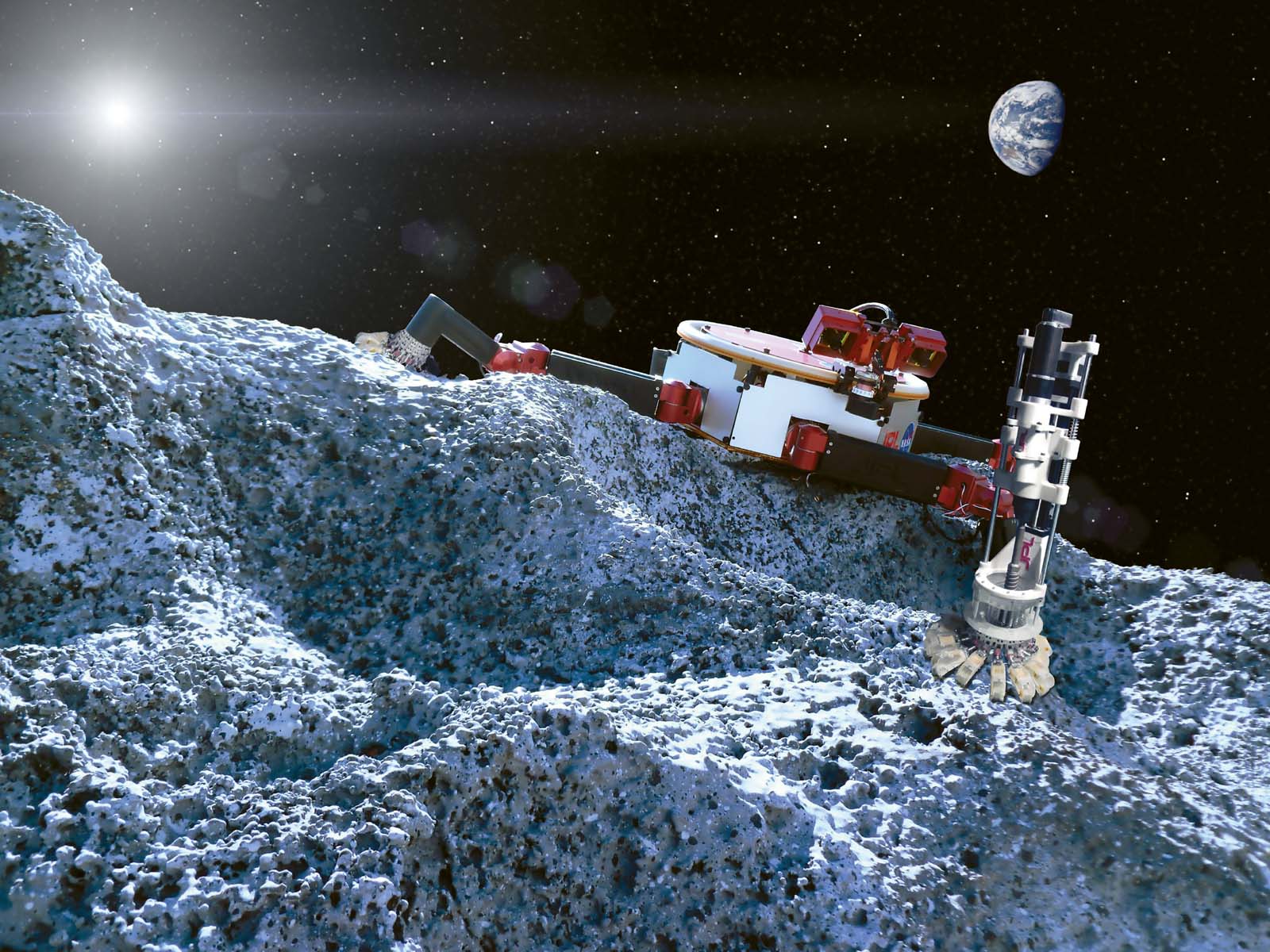SPACE FORCE: Vice President Pence delivers remarks on the Trump administration’s plan to establish a new branch of the U.S. military.
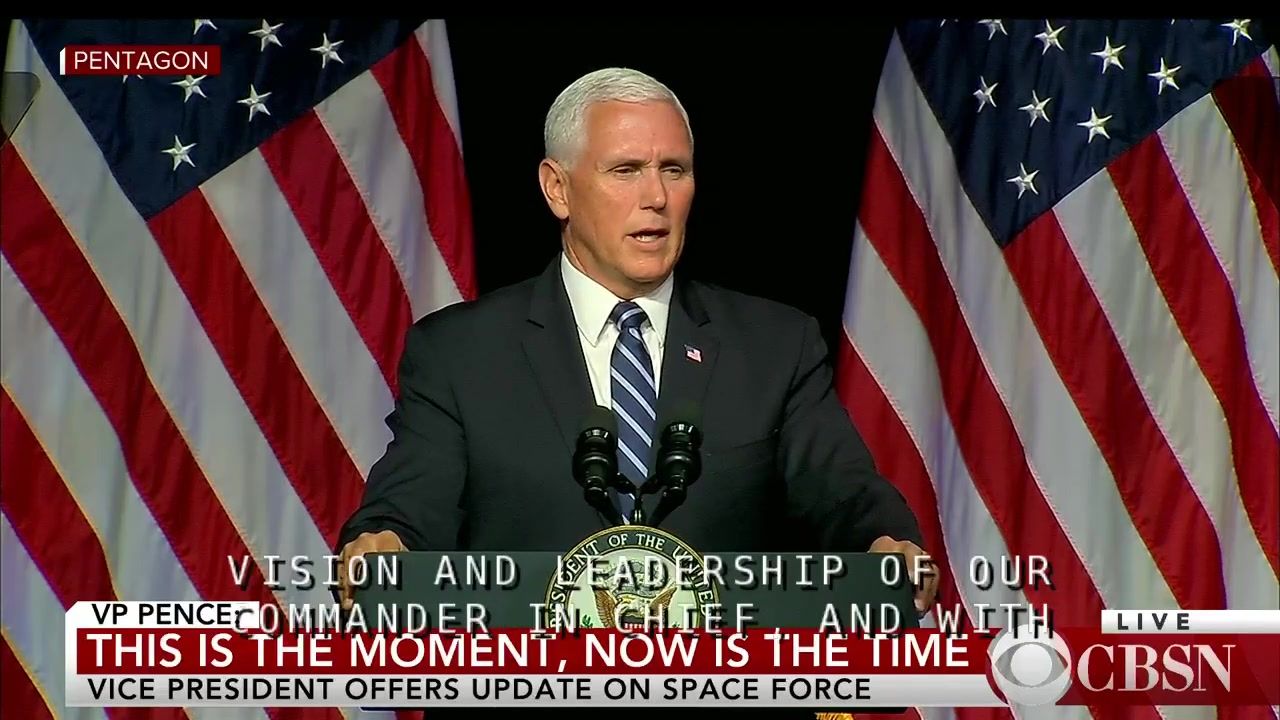


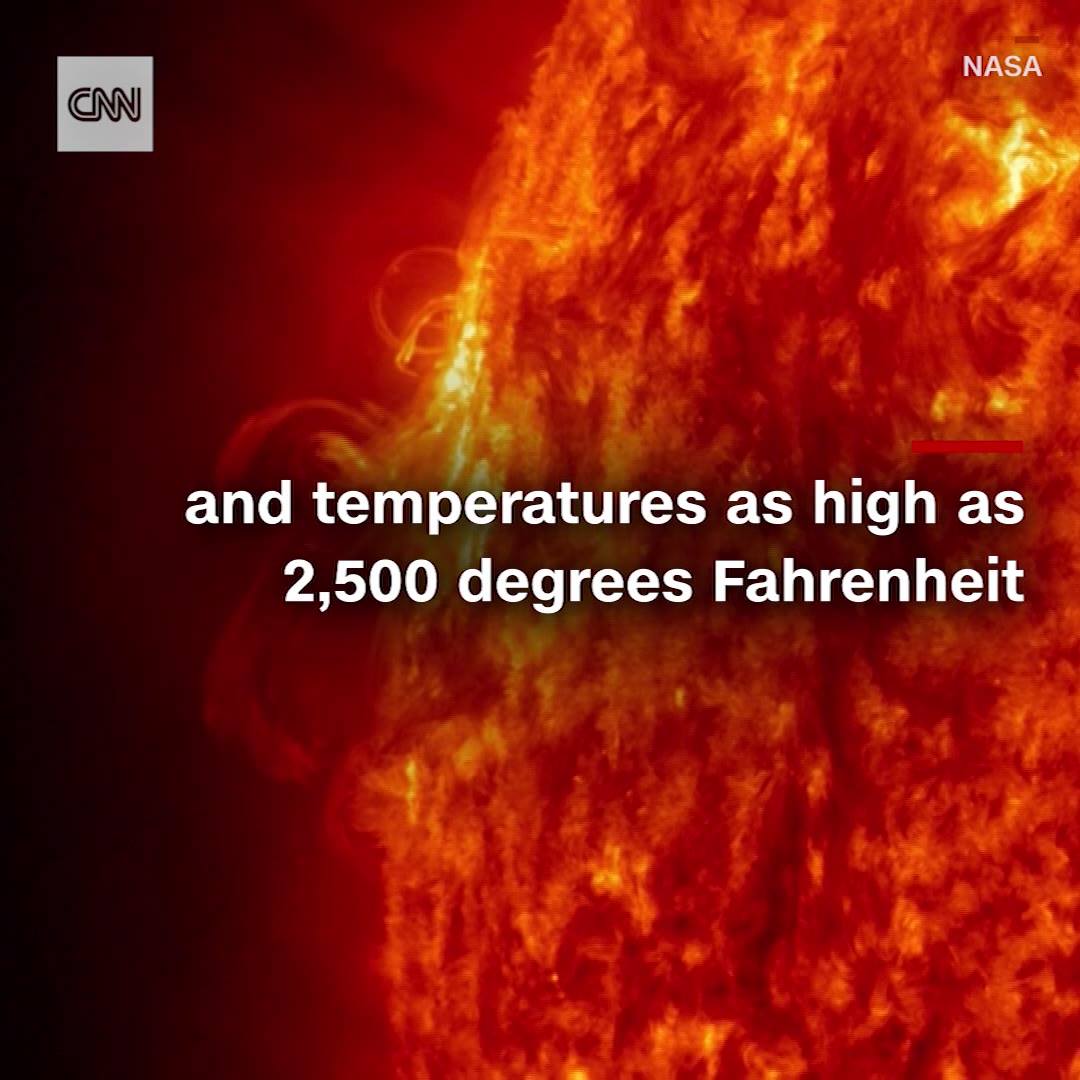
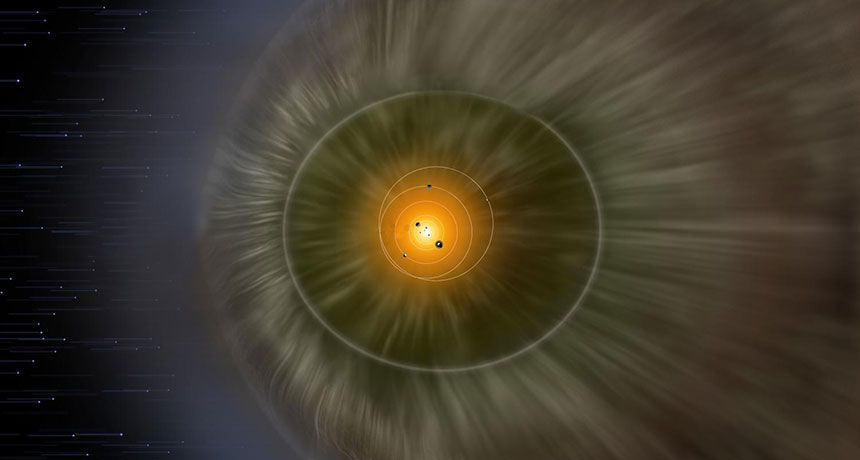

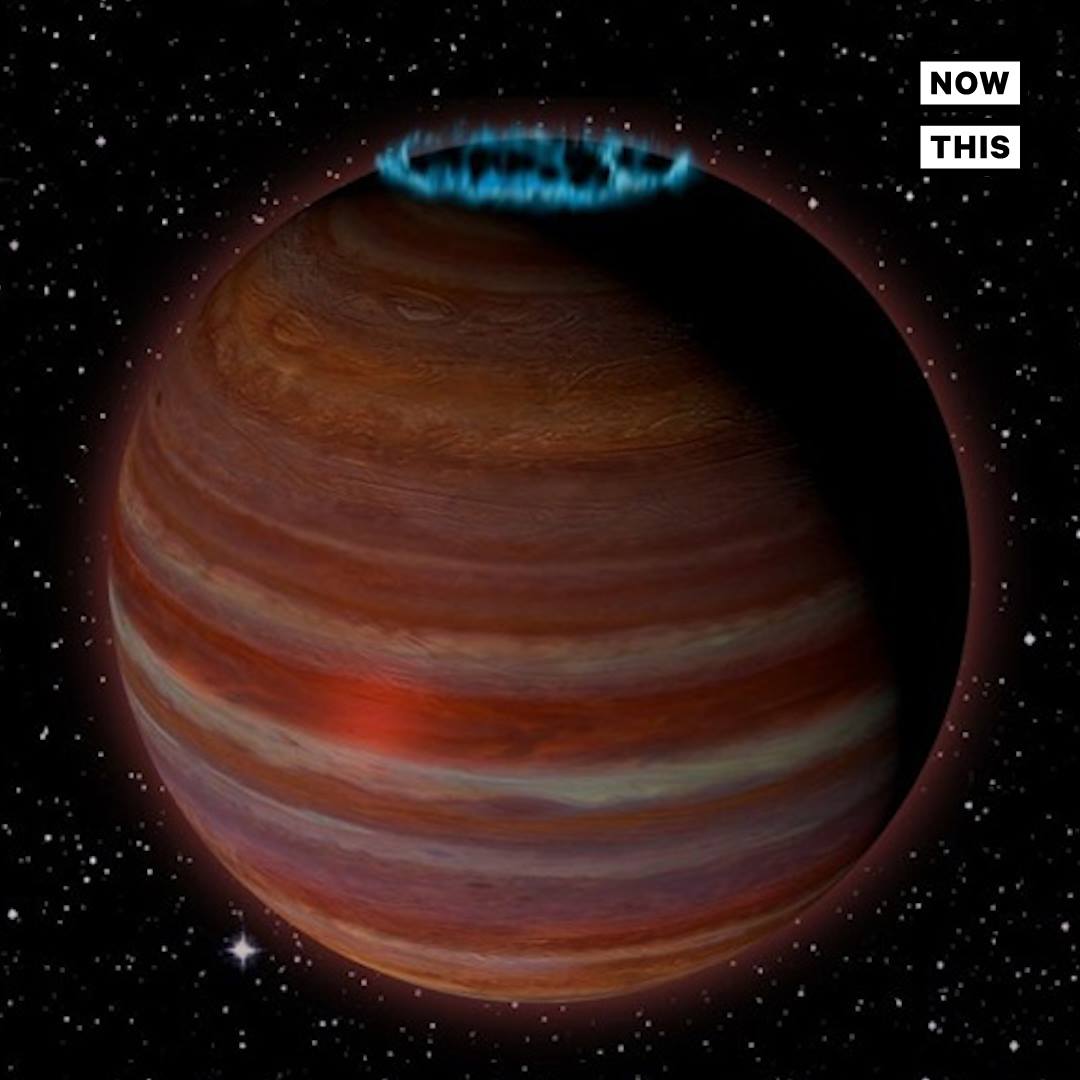

The astronomical observatory was founded by the Jesuits during the Spanish occupation and later transferred to the Philippine Commonwealth Weather Department. This was adjacent to the University of the Philippines campus of today south of Luneta Park. The observatory had a 19-inch refracting telescope, by far the largest in the Orient. The staff of the observatory includes five Jesuit fathers and twenty-five well-trained native assistants. The construction of a 19-inch refracting telescope and dome was in 1897.
US signal corps photo, US national archives.

Who’s up for a swim?
Our world was rocked by last week’s announcement of good radar evidence for a liquid water “lake” under the Red Planet’s south pole. Senior Editor Emily Lakdawalla introduces us to the story that is then taken up by two of host Mat Kaplan’s favorite Martians. The Goddard Space Flight Center’s James Garvin headed NASA’s Mars exploration program, while NASA Ames astrobiologist Chris McKay co-founded the Mars Underground more than 35 years ago. Look up! Mars is still close by, and the Perseid meteor shower is around the corner. Bruce Betts gives us the What’s Up lowdown.
